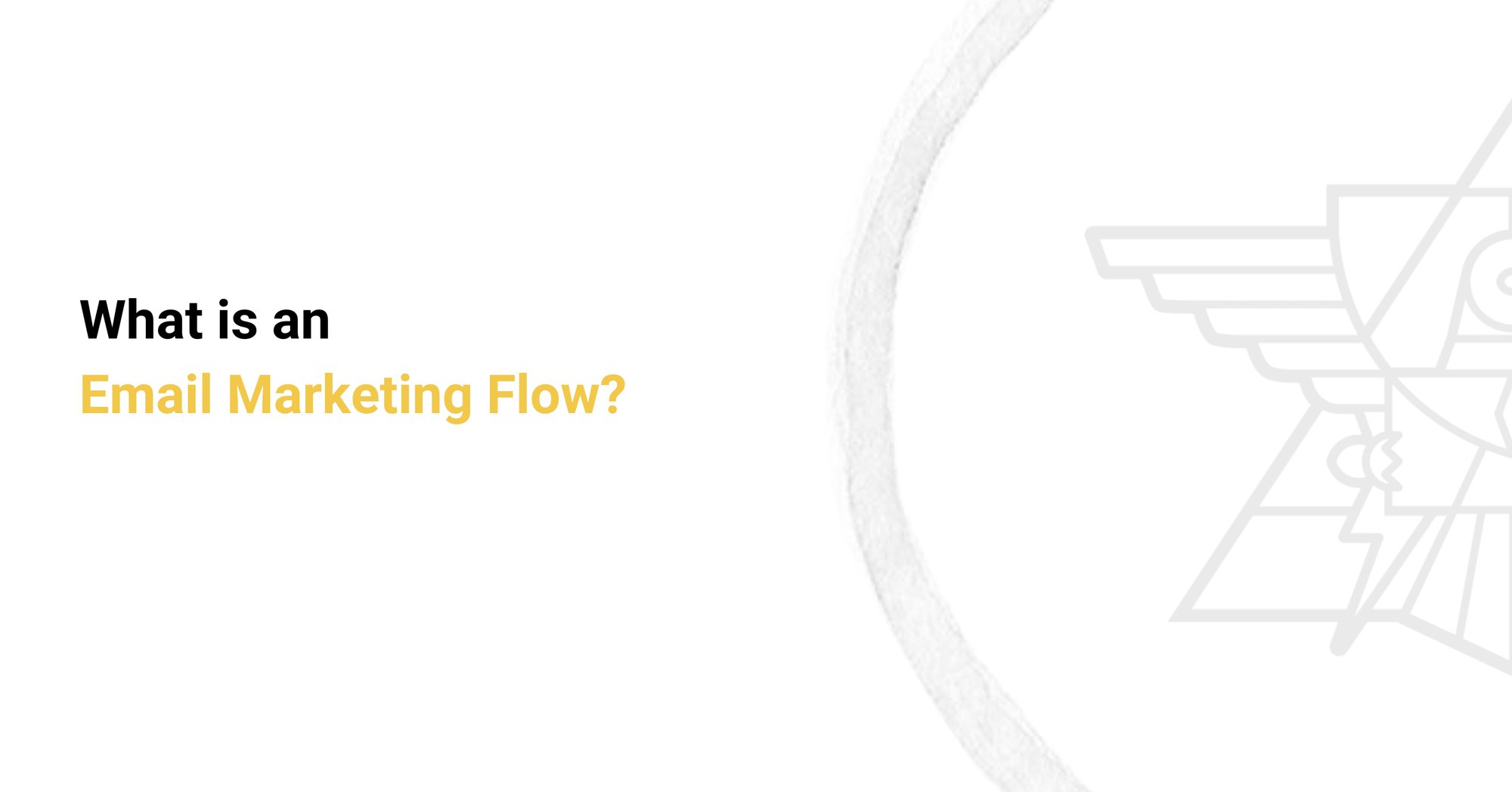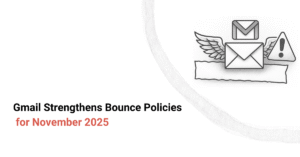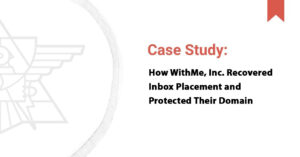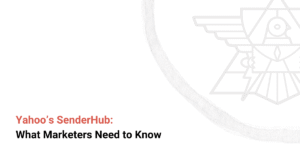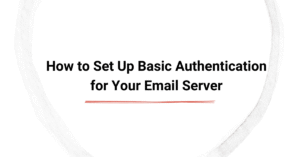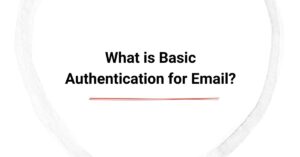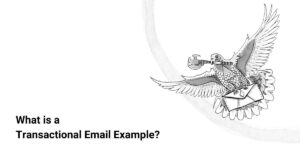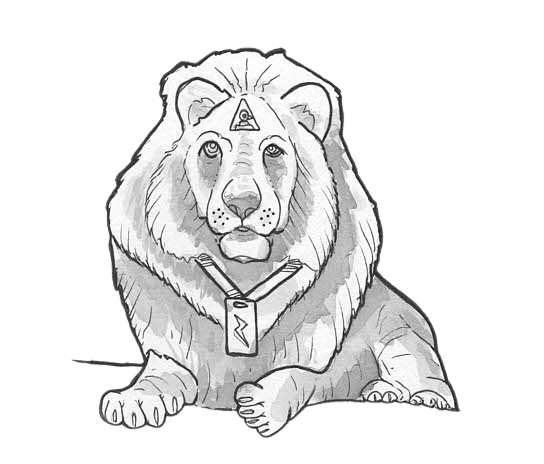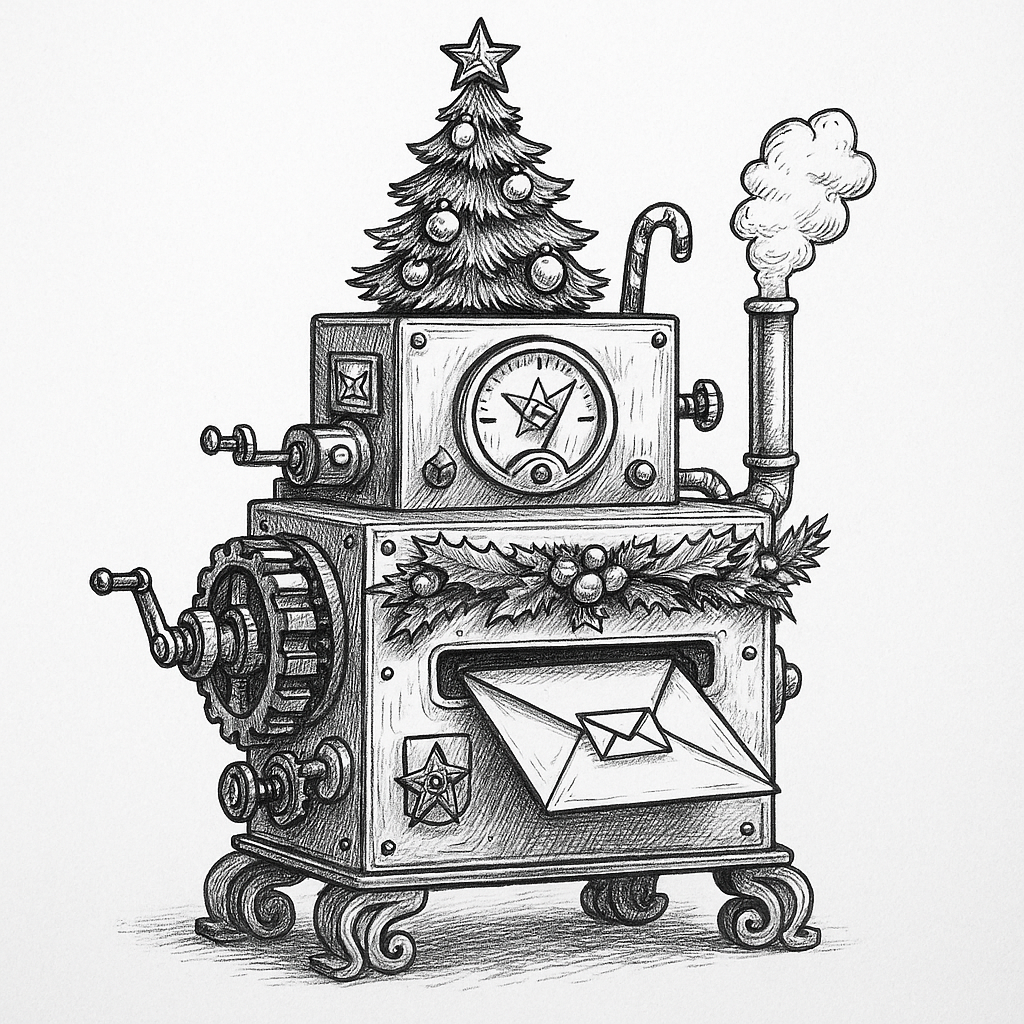Modern digital marketing depends on timing and relevance but doing it all manually is nearly impossible. That’s where the Email Marketing Flow comes in. It’s the automated communication backbone that lets brands connect with the right people, with the right message, exactly when it counts.
An Email Marketing Flow is a sequence of emails triggered by specific customer actions, customer data, or time delays. These flows help nurture leads, onboard new users, and re-engage past customers, all while maintaining a personal touch.
If you want to learn more about email automation or build high-converting email flows, check out how we help businesses master deliverability and performance.
What is an Email Marketing Flow?

An Email Marketing Flow is an automated series of emails sent based on specific user actions, attributes, or predefined timing rules.
Instead of sending emails manually, businesses use flows to guide subscribers through their experience, from signup to purchase, and beyond. This keeps users engaged while freeing up time for marketers.
Think of it as a smart Email Sequence that evolves based on the customer behavior. Whether you’re in ecommerce, SaaS, or digital services, flows allow you to stay connected with your audience throughout the customer lifecycle, while keeping messages timely and relevant.
Key Components of an Email Marketing Flow
Building an effective Email Automation Flow starts with understanding the pieces that make it work.
Trigger Events
Trigger events are what start the flow. They could be anything from someone signing up to your newsletter, clicking a product, or abandoning a shopping cart.
Examples of trigger events:
- Signing up through a lead magnet
- Making a purchase
- Viewing a product category
- Clicking a CTA in a previous email
Tips: Choose specific triggers that align with your funnel stages and messaging goals.
Email Sequence Structure
The structure refers to how many emails are sent, when they’re sent, and what they say.
Example: A welcome sequence might include:
- A thank-you email right after signup
- A brand story 2 days later
- A product spotlight or discount offer on day 5
Tips: Don’t flood inboxes. Spread emails logically to keep interest without causing fatigue.
Audience Segmentation
Segmentation is the practice of grouping users within your flow based on shared traits or behaviors. This makes messages more relevant.
Examples of segments:
- First-time buyers vs. existing customers
- Subscribers who clicked but didn’t convert
- Free users vs. paying customers
Tips: Use real-time updates to adjust segments dynamically as users interact with your content.
Personalization and Dynamic Content
Adding a subscriber’s name or referencing past behavior can make your emails feel more human.
Example:
“Hi Alex, you looked at running shoes. Here are some new styles we thought you’d like.”
Tips: Use merge tags and product recommendation tools to insert personal touches that match user preferences.
Common Types of Email Marketing Flows
Different flows serve different purposes. The goal is to guide users through the customer journey using timely and helpful communication.
Welcome Flow
This flow introduces your brand to new subscribers who just joined your email list.
Best Practices:
- Keep it short (2–4 emails).
- Offer something early (like special offers, a discount or resource).
- Set clear expectations for future emails.
Example Subject Line:
“Welcome! Your 15% off code is inside.”
Abandoned Cart Flow
Shoppers often add items to their cart but never finish checkout. This flow helps recover those lost sales.
Best Practices:
- Send 2–3 reminders within 24–48 hours.
- Use images of the abandoned products.
- Include urgency (e.g., low stock).
Example Email:
“Still thinking it over? Your cart’s waiting.”
Post-Purchase Flow
Once someone buys, don’t stop communicating. Post-purchase flows build trust and encourage repeat orders.
Best Practices:
- Send an order confirmation and shipping update.
- Ask for reviews or feedback.
- Cross-sell complementary products.
Example Email:
“Thanks for your order! Here’s 10% off your next one.”
Re-engagement Flow
Some subscribers go quiet. Re-engagement flows help bring them back.
Best Practices:
- Start with a bold subject line.
- Offer a new incentive.
- Let them update their preferences.
Example Email:
“We miss you. Want fewer emails? Customize your settings.”
Lead Nurturing Flow
For colder leads, a lead nurturing flow builds connection over time.
Best Practices:
- Share real case studies, insights, and social proof.
- Focus on solving one challenge at a time.
- Keep CTAs clear and minimal.
Example Email:
“See how [Customer] saved 40% using our platform.”
Why Email Marketing Flows Matter
Saves Time Through Automation
Instead of repeating tasks for every new subscriber or buyer, flows take care of it. This lets your team focus on strategy instead of sending one-off messages.
Increases Customer Engagement
Because Email Campaign Flows are triggered based on actions or timing, they show up when people are actually interested.
Example:
Real-time welcome emails often get 4–5x higher open and click-through rates compared to batch sends.
Drives More Conversions and Revenue
A good Automated Email Workflow catches people at the right stage of the email funnel—whether they’re discovering your brand or about to leave.
Example:
Cart abandonment flows can recover 10–20% of lost sales when timed and written well.
Steps to Build an Effective Email Marketing Flow
Step 1 – Define Your Goal
Every flow should have a clear outcome. Are you onboarding new users? Encouraging second purchases? Upselling? Re-engaging?
Align the flow with the stage of the customer journey you’re targeting.
Step 2 – Map the Flow Structure
Visualize your flow using a diagram or flow builder in your ESP (email service provider). Include:
- Triggers
- Delays
- Conditions
- Branches (yes/no logic)
Tool Suggestion: Tools like Klaviyo, Mailchimp, or Figma can help you sketch out your flow.
Step 3 – Write and Design the Emails
Now it’s time to bring the sequence to life. Each email should serve a purpose and feel like it’s written just for the recipient.
Tips:
- Keep subject lines sharp.
- Use mobile-friendly design.
- Stick to one CTA per email.
Step 4 – Test and Optimize
No flow is perfect on the first try. Use A/B testing to fine-tune:
- Subject lines
- Email content
- Send time
- CTA placement
Track open rates, click-throughs, conversions, and unsubscribe rates to see what’s working—and what’s not.
Common Challenges and Solutions in Email Marketing Flows
Flow Overlap and Email Fatigue
When users fall into multiple flows, they may get overwhelmed or confused.
Solution:
Use flow filters, suppression lists, and prioritization logic to control who gets what and when.
Poor Timing or Cadence
Send an email too soon, and it feels pushy. Too late, and the moment’s passed.
Solution:
Use real-time triggers and test different intervals to find what feels natural.
Low Engagement or Conversions
Sometimes flows fall flat due to weak messaging or irrelevant offers.
Solution:
Personalize more deeply. Align your content with user behavior and remove any extra fluff.
Conclusion
An Email Marketing Flow is more than just a tool—it’s a smart system that helps you connect with subscribers without the stress of constant manual work. Whether you’re building a welcome sequence, a cart reminder, or a lead nurturing campaign, your flow can make or break the customer experience.
When planned well, email flows keep users engaged, increase trust, and improve performance across the board.
Want to build high-converting email flows? Schedule a free consultation with our email experts today.

